Internal Wall Insulation
Internal wall insulation is an effective solution for improving the energy efficiency of your home. Therefore, by insulating the internal walls, residents can reduce heat loss, save on bills, and enhance the home environment. Below we delve into the importance of internal wall insulation, the types available, benefits, installation methods, and maintenance tips, providing you with everything you need to know about this essential home improvement.
What is Internal Wall Insulation?
Internal wall insulation involves adding insulating material to the inner surfaces of external walls. This method is particularly useful for older buildings with solid walls that lack cavity walls. Internal wall insulation creates a thermal barrier, preventing heat from escaping through the walls and keeping your home warmer during winter and cooler during summer.
IWI Installing Process
Under the ECO4 scheme, the installation of internal wall insulation must adhere to the highest standards to ensure optimal thermal efficiency and long-term durability. All installers participating in the ECO4 scheme must be Trustmark registered and comply with Ofgem’s delivery guidance. At Fairway Energy, we follow a meticulous process to install internal wall insulation in your home, ensuring quality, compliance, and maximum energy savings. Here’s how we do it:
1
Identify Cold Walls
Identify the cold external walls in your home and prepare the room. This may include removing fixtures or repairing damaged walls.
2
Insulation Material
Glass Mineral Wool Insulation material is added to the wall inside a newly built XPS bonded to OSB frame for structure.
3
Sealed with Vapour Wrap
A vapour control layer is used to cover the insulation which prevents moisture build up.
4
Plasterboard Added
Plasterboard is used to cover the insulation material and serves as the final internal finishing layer, covering the insulation system and providing a smooth surface.
5
Smooth Plaster Finish
Finally, a smooth plaster finish is applied to the wall ready for paint or wallpaper.

Before Installation
Installing internal wall insulation requires professional installers to ensure optimal performance and compliance with building regulations. Before installing insulation, our team will assess the walls to determine the appropriate amount of insulation required. Similarly, check for any existing insulation that may need to be upgraded or removed and address any structural issues or dampness.
Next, we will clear the wall surfaces of any fixtures, fittings, and debris. Also, we will ensure that the walls are dry and clean. Furthermore, we will repair any cracks or damage to the walls and apply a damp-proof membrane if necessary to prevent moisture penetration.
Benefits of Internal Wall Insulation
Of course energy efficiency is an important consideration in a modern home. Ultimately, by reducing heat loss through the walls a stable indoor temperature can be better maintained, decreasing the need for constant heating or cooling. Overall, this leads to substantial savings on energy bills, making it a cost-effective investment for homeowners. Furthermore, if you are eligible for the ECO4 grant, you could receive this home energy solution, along with other improvements, completely free. Just get in touch with us today to check your eligibility.

Internal Wall Insulation Materials
The Internal Wall Insulation (IWI) System used by Fairway Energy consists of, glass mineral wool insulation batts, used for their thermal and acoustic benefits. It is a breathable insulation material, and is combined with extruded polystyrene (XPS) bonded to oriented strand board (OSB) for structure. This system is specified in the ECO4 scheme delivery guidance set by the regulator Ofgem.
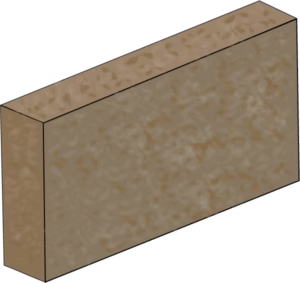
Glass Mineral Wool Batts
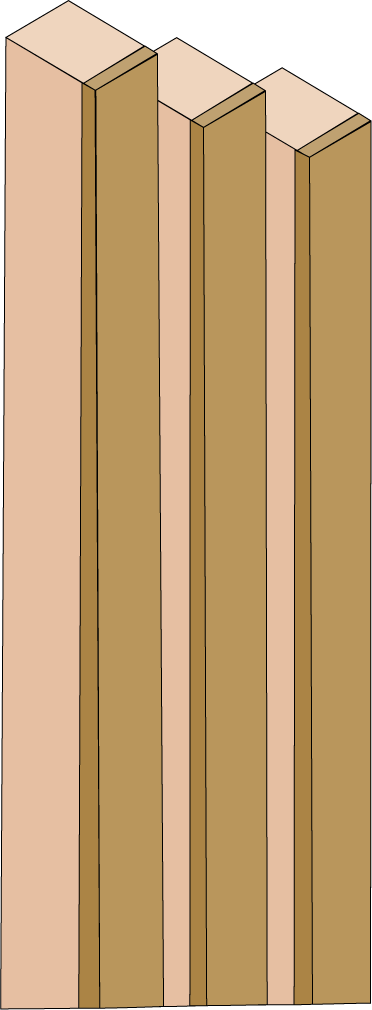
Extruded Polystyrene (XPS) Bonded to Oriented Strand Board (OSB) Frame
Material Breakdown:
Function In The IWI System
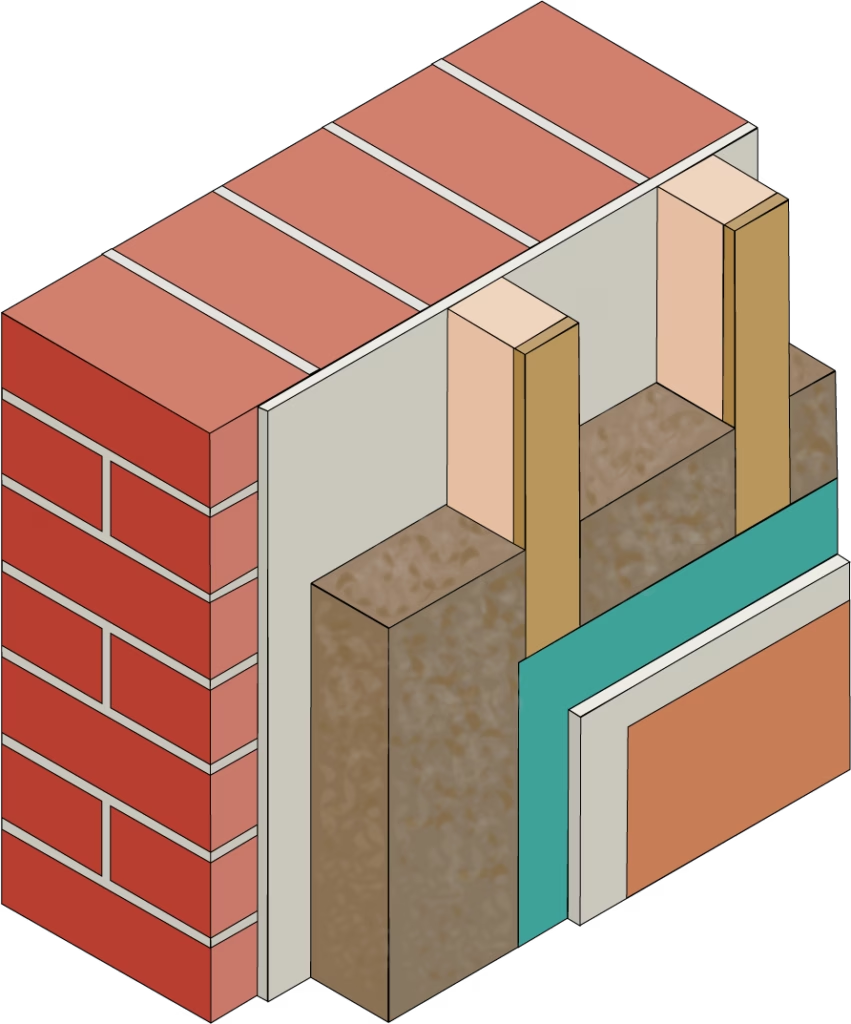
Together, these layers create an energy-efficient and moisture-resistant insulation system.
Certifications of the IWI System used By Fairway Energy
- British Board of Agrément (BBA) Certified, ensuring compliance with industry standards.
- BRE Green Guide A+ Rating for sustainability.
Other Types of Insulation Material
There are other types of internal wall insulation material, but these are not used for IWI on the ECO4 scheme:
Insulated plasterboard, also known as thermal board, is a popular choice for internal wall insulation. It consists of a layer of insulation material, such as polyurethane foam or polystyrene, bonded to a layer of plasterboard. This type of insulation is easy to install and provides good thermal performance.
Maintaining Internal Wall Insulation
Careful maintenance of internal wall insulation ensures longevity. Therefore, here are some tips for maintaining your internal wall insulation:
We advise periodic checks to inspect the walls for any signs of damage, moisture buildup, or pests, so that any issues can be identified promptly to maintain the insulation’s performance.
Internal Wall Insulation Installed on ECO4 Scheme
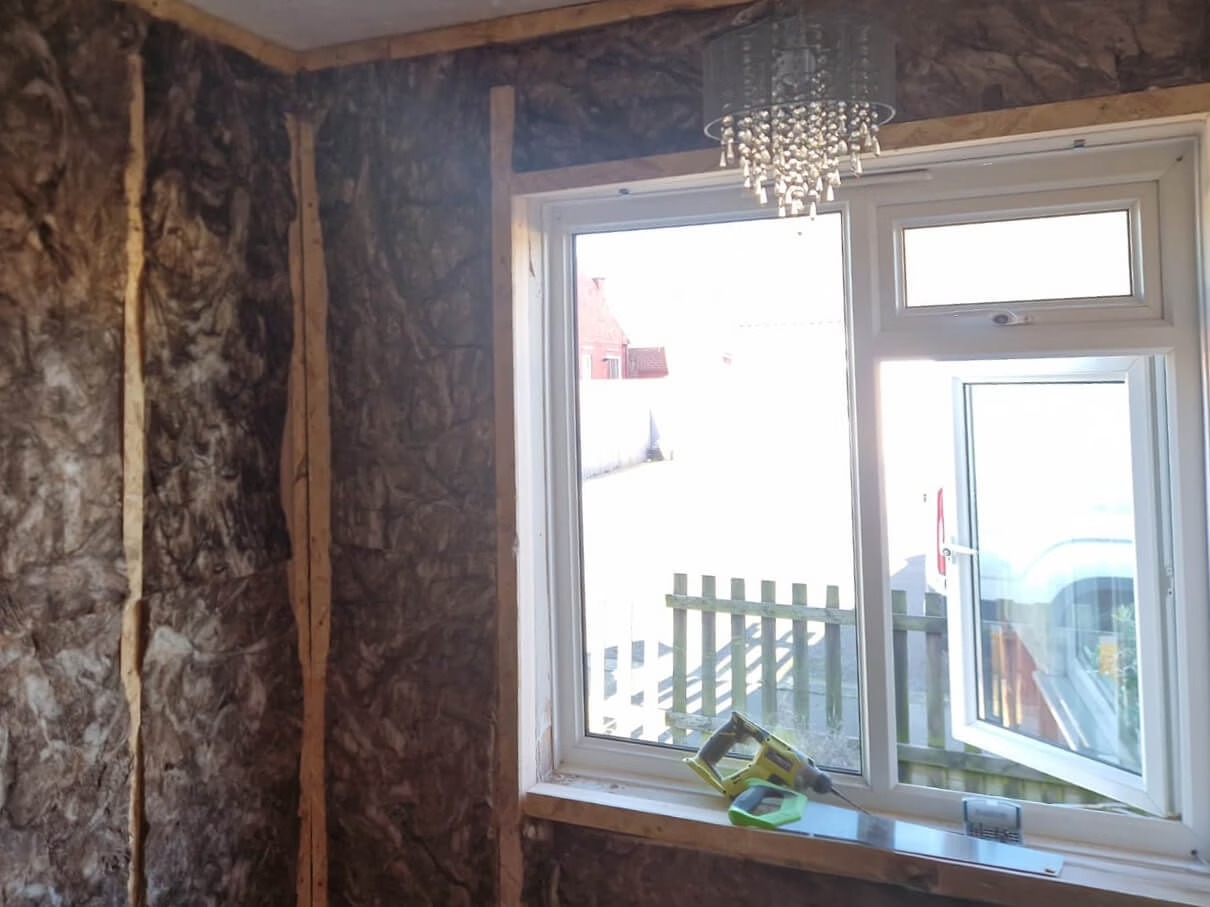
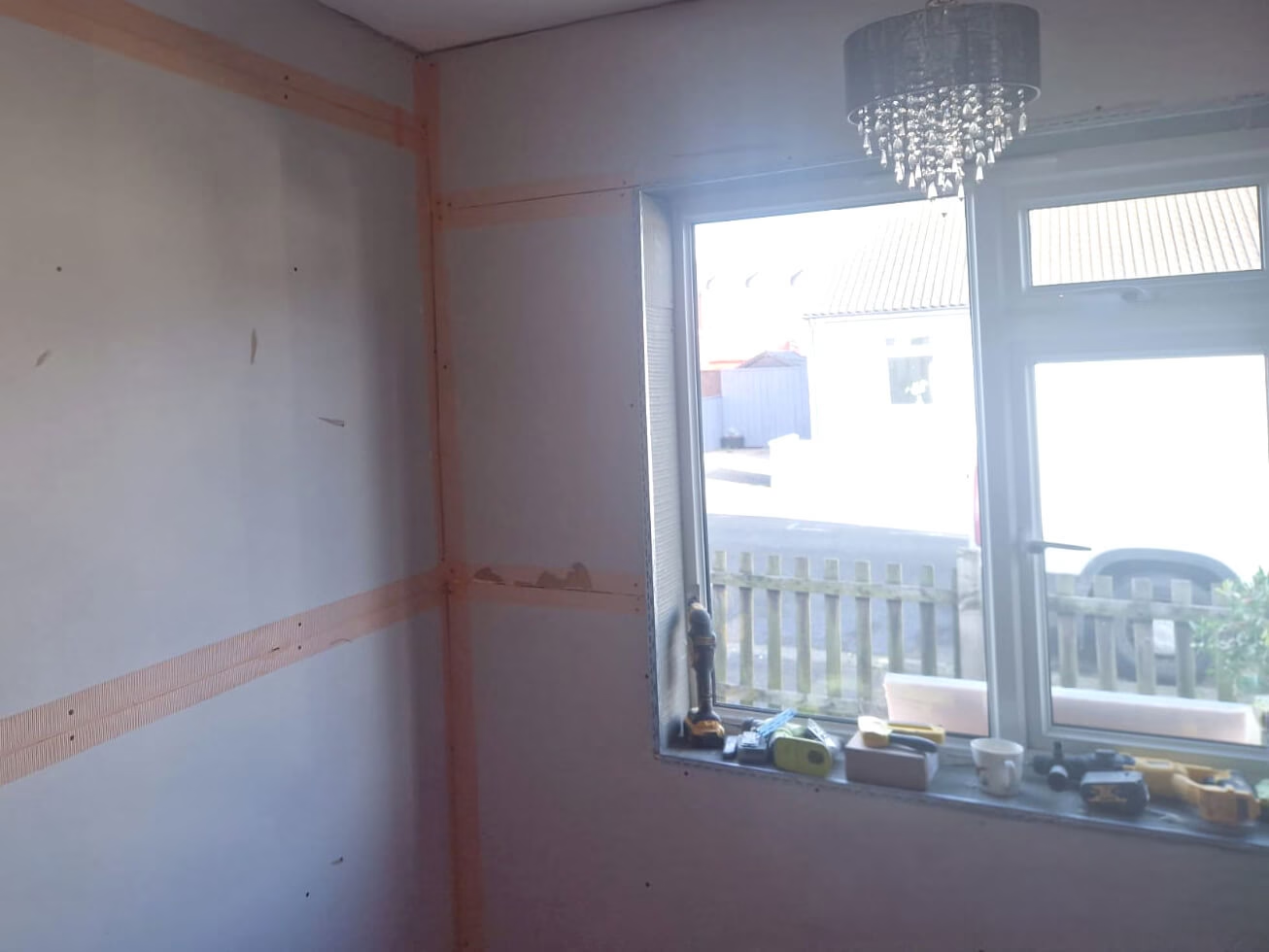
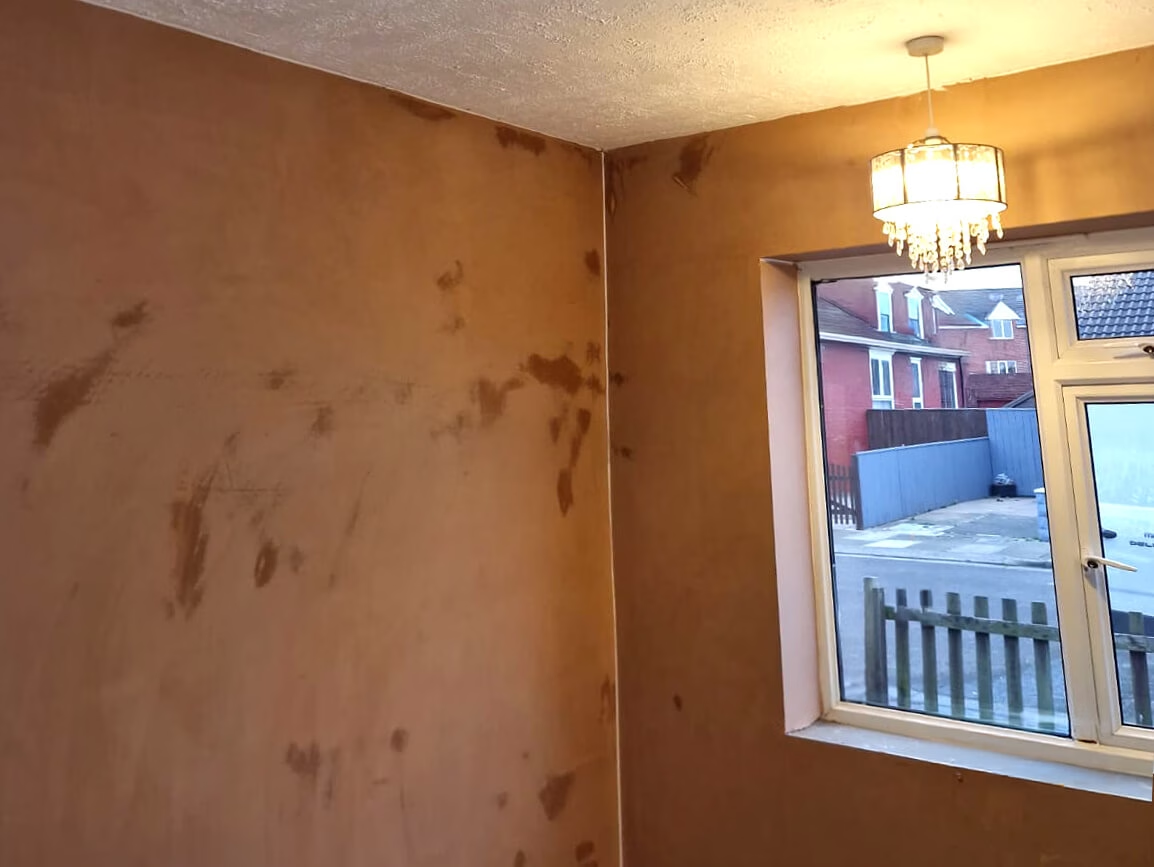
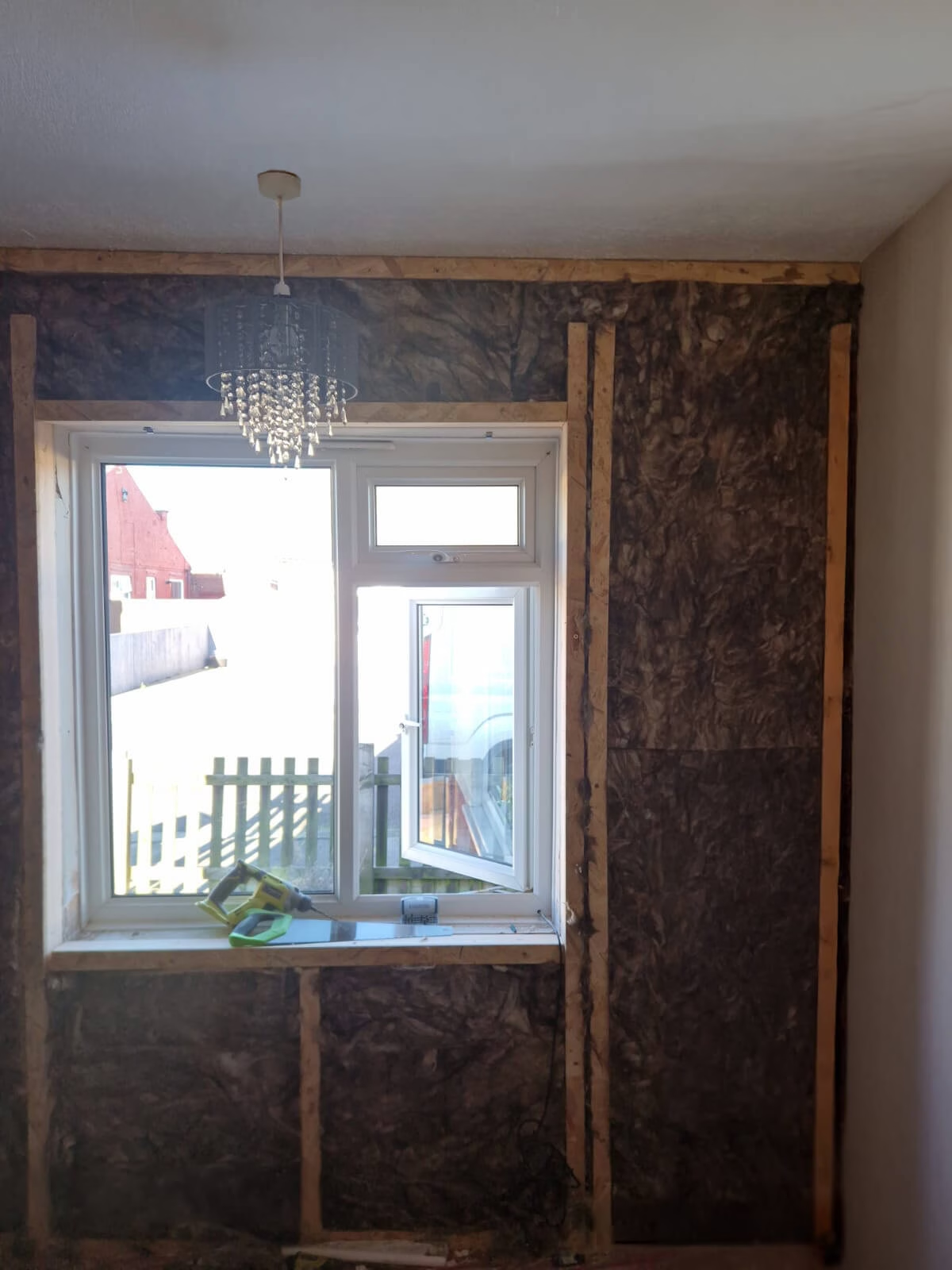
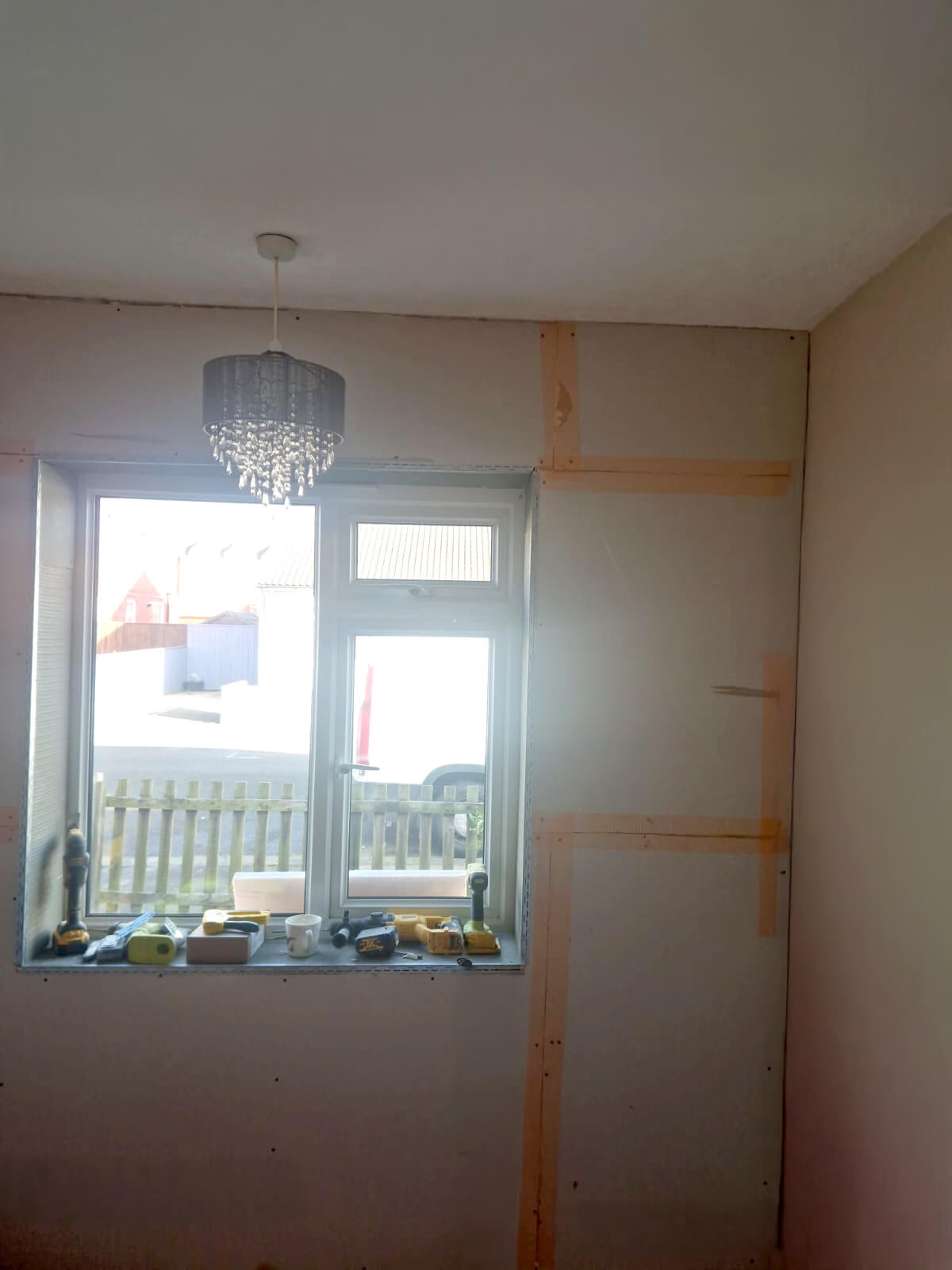

Conclusion
Internal wall insulation is a crucial aspect of a home’s energy efficiency. Likewise, it also offers numerous other benefits, including cost savings, and a more consistent temperature in your home. Therefore, by understanding the different types of insulation and the process to install them, you can make an informed decision to optimise your home’s EPC.
In summary, all insulation is a wise choice for any homeowner looking to reduce energy bills, enhance comfort, and contribute to environmental conservation. Therefore, embrace the advantages of internal wall insulation today and enjoy a more energy-efficient and comfortable home year-round.
